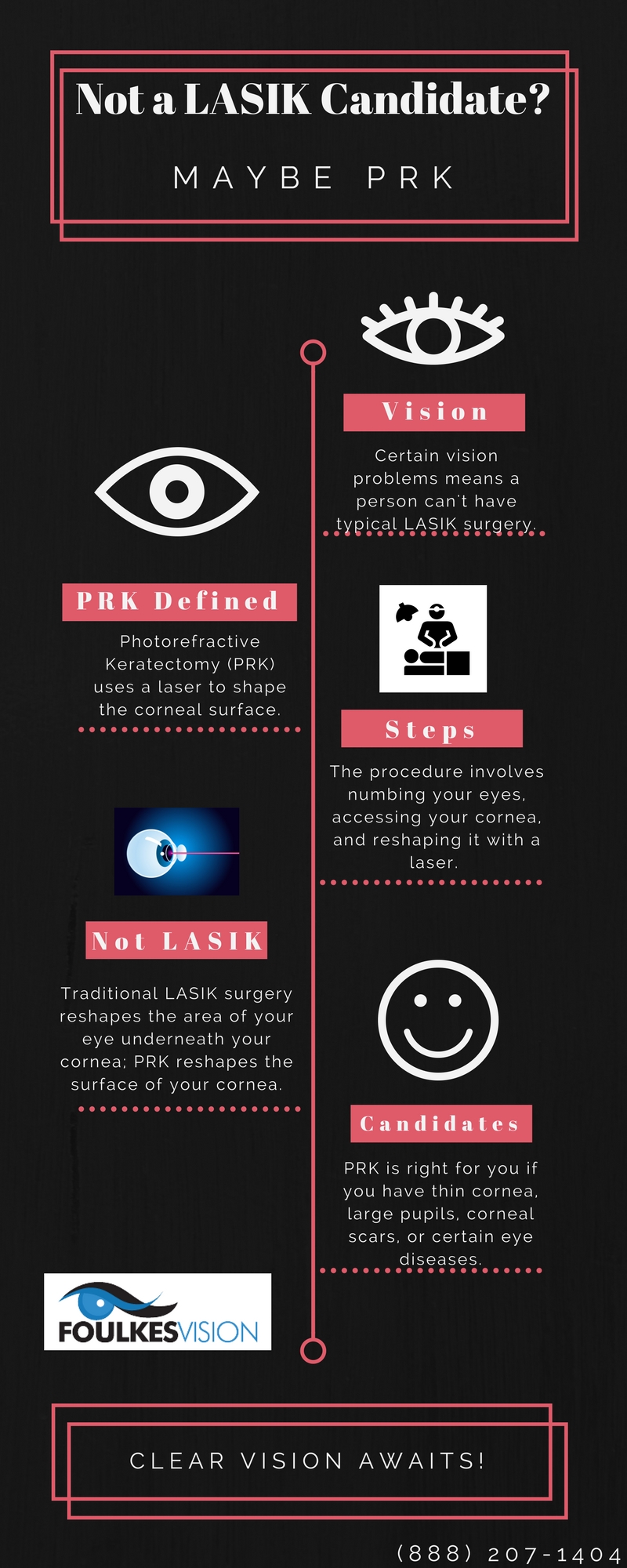Understanding The Different Types Of Intraocular Lenses For Cataract Surgical Procedure

Article written by-Langballe Phelps
During cataract surgical procedure, your natural lens is removed as well as replaced with a synthetic lens. Your cosmetic surgeon will discuss with you the different sorts of IOLs offered to reduce or eliminate your requirement for glasses after surgery.
Typical IOLs have one focusing distance and are usually established for clear distance vision. Costs IOLs, additionally called multifocal or accommodative lenses, have areas with different focusing strengths to enable you to see far and wide items without glasses.
Monofocal IOLs
Criterion monofocal lenses are used most often to correct cataracts during a procedure called refractive lens exchange (also known as clear lens exchange). The cataractous natural lens is replaced with a synthetic one, causing boosted vision.
These IOLs supply clear vision at a single range. They are usually readied to optimize your range vision, but you will still require checking out glasses for close to objects.
These lenses are made from an acrylic material that is adaptable as well as foldable. This permits your ophthalmologist to position them into the exact same cut through which your natural lens was removed during surgical treatment. Your eye doctor can discuss your IOL alternatives with you and recommend the most effective course of action for your visual requirements.
Multifocal IOLs
These premium lenses give a series of focus regions, removing the requirement for glasses to see up close, far away or in between. This is achieved through several specifically designed concentrating powers or by suiting (changing shape) the lens. https://squareblogs.net/avery5856crysta/understanding-the-lasik-eye-surgical-treatment-procedure-step-by-step might take a while for your brain to get used to these lenses, but the vision they offer is well worth the initiative!
These lenses are split into 2 main groups based upon exactly how they bend light to create numerous retinal images. They can be classified as refractive multifocal and diffractive multifocal lenses.
Refractive Multifocal IOLs have multiple curvatures to create "refractive zones" that bend light to generate multiple retinal images with various dioptric powers. This enables a higher level of photo top quality without hing on the size of the student. Instances consist of the Tecnis Multifocal and Panoptix.
Toric IOLs
In individuals with astigmatism, the curve of the cornea is slightly imperfect, so light going into the eye is not concentrated in one spot on the retina. This leads to blurry vision. During https://collegian.com/2016/11/nerdy-news-how-to-choose-from-the-new-magic-commander-decks/ , toric IOLs are aligned so the lens's steepest part matches this contour and creates clear, sharp vision.
Toric IOLs are a fantastic choice for people who need cataract surgical treatment and intend to lower their dependence on glasses or call lenses. Nevertheless, click this requires to be completely straightened for optimum visual outcomes. For every single 3 levels of misalignment, the IOL is 10% much less reliable.
To minimize the threat of postoperative IOL rotation, the ophthalmic viscoelastic tool (OVD) need to be completely removed from the capsular bag prior to IOL insertion. During this step, the surgeon must meticulously note the steepest factor of the cornea to aid guide the IOL's axis after it is implanted. This helps stop the client from needing to undergo surgery once again to have the IOL re-aligned.
Extended Deepness of Focus (EDOF) IOLs
A brand-new modern technology has actually just recently arised in the treatment of presbyopia called Extended Depth of Emphasis (EDOF). These lenses use a solitary lengthened prime focus to boost range of vision. The resulting lenses do not have the multiple factors of emphasis of multifocal IOLs, which can trigger halos as well as glow for some individuals.
An ideal EDOF lens would supply a sharp emphasis over a variety from plano to -1.50 D, permitting individuals to see near, intermediate, and range objects without glasses. The very first EDOF IOL to be introduced was the diffractive design of the Tecnis Symfony IOL, which makes use of light-splitting rings to prolong the range of vision. Nevertheless, this layout can cause a decrease in contrast level of sensitivity that many individuals do not endure well.
A more recent non-diffractive EDOF IOL is the Vivity IOL, which integrates aspheric optics with a pinhole style to raise depth of focus. This style decreases induced aberrations as well as may lead to far better comparison level of sensitivity, though it does not completely proper for astigmatism or enable functional near vision.

